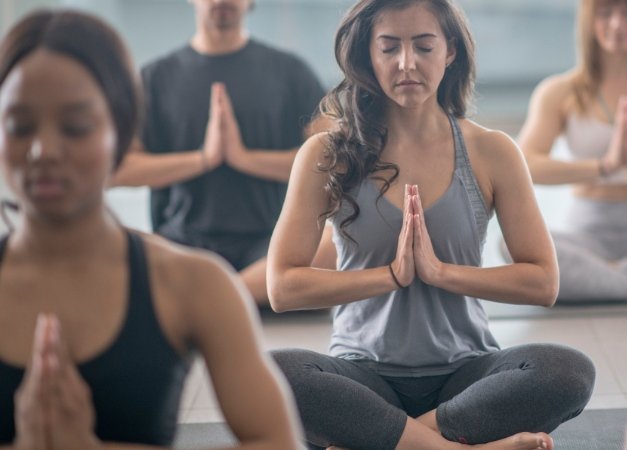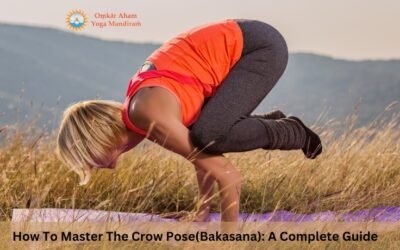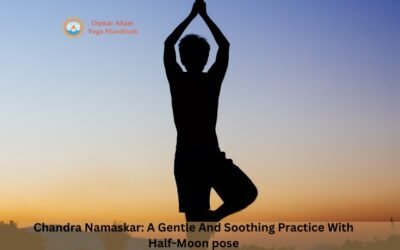Yoga mudras are a powerful tool for anyone looking to deepen their yoga practice or explore new avenues for healing and transformation. These hand gestures have been used for thousands of years to channel energy, stimulate different body parts, and promote physical and mental well-being. In this article, we’ll explore the fascinating world of yoga mudras, their history, benefits, and how you can incorporate them into your practice. For practical knowledge, you enrol in our yoga courses.
What Are Yoga Mudras?
In Sanskrit, the word “mudra” means “seal” or “gesture.” Yoga mudras are hand gestures believed to hold a powerful effect on the body and mind. By pressing, stretching, or manipulating different areas of the hands and fingers, practitioners can stimulate specific body parts and encourage the flow of energy (also known as “prana”) throughout the body.
The History of Yoga Mudras
Yoga mudras have been used for thousands of years in various cultures, including Hinduism and Buddhism. In these traditions, mudras were seen as channeling divine energy and connecting with higher states of consciousness. Over time, mudras spread to other cultures and disciplines, including yoga.
Benefits of Yoga Mudras
Yoga Mudras
Yoga mudras offer a wide range of benefits for the body and mind. Some of the most common uses include:
- Promoting relaxation and reducing stress
- Boosting the immune system
- Enhancing focus and concentration
- Alleviating physical and mental tension
- Encouraging the flow of prana (energy) throughout the body
Different Types of Yoga Mudras
There are hundreds of yoga mudras, each with unique benefits and effects on the body and mind. Here are simply a few of the most common mudras you might encounter in your practice:
- Gyan Mudra: This mudra involves touching the tip of the index finger to the spike of the thumb, with the other three fingers raised. It is believed to enhance concentration, improve memory, and promote mental clarity.
- Vayu Mudra: To perform this mudra, you’ll need to fold your index finger and place it at the base of your thumb while pressing your thumb gently on top. This mudra is thought to alleviate stress, anxiety, and nervousness.
- Prana Mudra: This mudra involves touching the tips of the ring finger and the little finger to the tip of the thumb while holding the other fingers extended. It is believed to enhance vitality and boost the immune system.
- Apana Mudra: To perform this mudra, you’ll need to bring the tips of the middle finger and ring finger to the end of the thumb while keeping the other fingers extended. This mudra is thought to help with digestion and elimination.
How to Incorporate Yoga Mudras into Your Practice
If you’re interested in incorporating yoga mudras into your practice, there are a few things to keep in mind:
- Understanding each mudra’s specific benefits and effects is essential, so you can choose the right one for your needs.
- It’s essential to perform each mudra correctly, with the right amount of pressure and duration.
- It’s important to approach mudras with an open mentality and a willingness to explore new avenues for healing and transformation.
Conclusion
Yoga mudras offer a powerful and accessible way to aggravate your yoga practice and explore new avenues for healing and transformation. By incorporating these simple hand gestures into your routine, you can enhance your physical and mental well-being, promote relaxation and
There are various benefits of performing these hand gestures and can be drawn by consistently doing that. To learn all these Yoga Mudras, Join our effective 300 Hour Yoga Teacher Training yoga classes.
For further details, contact us at:
Call/WhatsApp: +91-9997744876
Mail us at: info@yogateachertrainingschool.com





















